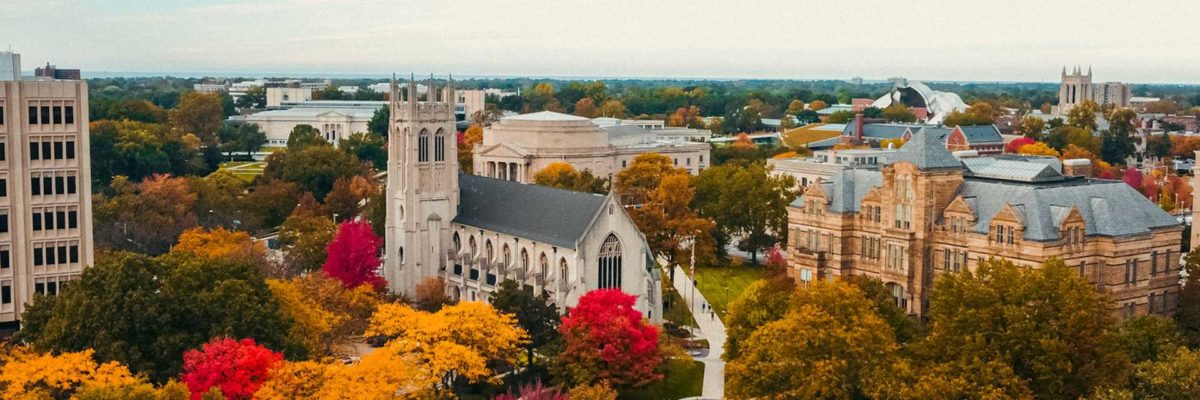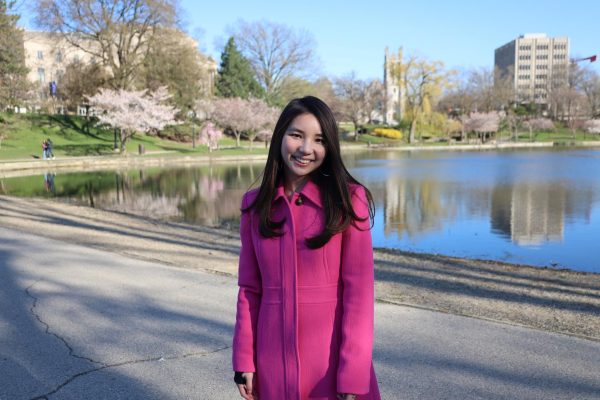Case Western Reserve University fell to No. 53, dropping nine places in the 2024 U.S. News and World Report’s Best National University Rankings. Ranking No. 44 in the 2023 admissions cycle—and No. 42 in 2022’s—this drop is consistent with many private universities across the nation.
CWRU is now tied with Florida State University, Northeastern University, the College of William and Mary and the University of Minnesota, Twin Cities.
U.S. News and World Report adjusted the categories in which universities were ranked and the weight these respective categories held. This was the largest adjustment the publication has made in four decades.
“The magazine significantly altered its approach to this year’s rankings, affecting 22 of 24 factors,” Robert McCullough, CWRU’s assistant vice president for enrollment and dean of undergraduate admission, said. “As a result, private universities fell an average of 16 positions, while public institutions increased by an average of nearly eight.”
The new algorithm was developed to account for ideals such as transforming the lives of socioeconomically disadvantaged students. New categories were created that contribute to a university’s rankings: first-generation graduation rate, first-generation graduation performance and whether the college’s graduates earned more than high school graduates.
“The dramatically different methodologies used to develop the respective rankings make year-to-year comparisons impossible,” McCullough said. “As a double-alumnus of Case Western Reserve who has worked in our admissions office for more than two decades, I know firsthand how much the University has advanced since I was an undergraduate. During that time, I also have seen college ranking offerings increase dramatically—especially over the past decade.”
Over half of a university’s rank consists of outcome measures related to the university’s success at enrolling, retaining and graduating students from various backgrounds with manageable debt and post-graduate success. First-year retention rates, graduation rate performance, Pell Grant student graduation rates, Pell Grant student graduation performance, borrower debt, full-time faculty count and student-faculty ratio are all categories that hold more weight compared to previous years.
Five categories which made up 18% of a university’s rank—alumni-giving rates, undergraduate class sizes, high school class standing, proportion of a school’s faculty with terminal degrees and the proportion of graduates borrowing—were removed. Over a dozen public universities benefited and climbed at least 50 spots from the new algorithm, yet many private institutions’ rankings significantly dropped because most categories heavily affected negatively are ones in which these institutions excel.
While he noticed CWRU’s ranking fell, fourth-year student Adam Goodman, who’s majoring in electrical engineering, said it doesn’t make a sizable difference to him.
“Although CWRU always has room for improvement, I believe that most of the methodology used to rank schools is either too broad or irrelevant to capture specific the pros and cons I have personally faced throughout my education and ultimately defined my college experience,” he said.
On Nov. 1, CWRU’s Early Action and Early Decision applications are due. McCullough said prospective students consider a wide variety of factors when choosing where to apply.
“High school students and their families have nearly unlimited sources of information about individual institutions,” he said. “Ultimately, as U.S. News also acknowledges, decisions should focus on finding the best fit for that particular student.”
Fourth-year student Brooke Hathhorn, who’s majoring in economics and math, emphasized the opportunities CWRU gives its undergraduate students, mentioning the supportive professors, research opportunities, campus location and collaborative environment.
“Rankings had very little influence on my decision to attend CWRU because I feel it’s impossible to consolidate everything about any school into a ‘score’ and then rank that school,” she said.
“There are so many wonderful things about CWRU that cannot be quantified and put into a single ranking—things that would make me choose CWRU again and again.”



